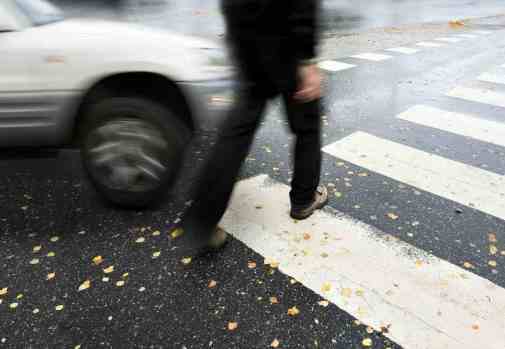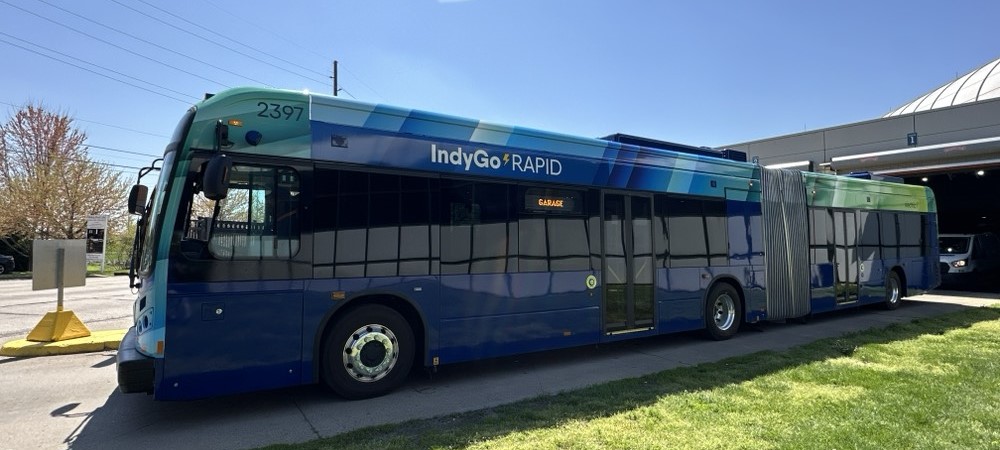- Drivers killed almost 7,000 pedestrians in 2020, but that doesn't tell the whole story, because no one is counting close calls, which can cause trauma and keep people from walking. (Next City)
- Route Fifty has more on Republican governors' efforts to undo federal restrictions on infrastructure funding so they can use it to build more roads. The 16 GOP governors oppose the Biden administration's emphasis on equity and addressing climate change.
- Infrastructure dollars should go towards hyper-dense cities that can bring an end to the dominance of cars. (Governing)
- Some older people probably don't belong behind the wheel, but they have to keep driving because, in the suburbs, they have no choice. (Treehugger)
- The Federal Transit Administration bumped up a new rail tunnel underneath the Hudson River separating New York and New Jersey on its priority list. The project would help unsnarl Amtrak traffic up and down the East Coast. (Railway Age)
- Demolishing urban freeways like I-345 in Dallas is just the first step—vibrant neighborhoods won't sprout up on their own. (D Magazine)
- A bill in the Utah legislature would ban transit agencies from charging fares. (KSL)
- St. Louis is once again embarking on a study of a north-south rapid transit line. (Next STL)
- Houston is filling in a major bike-lane gap in the Third Ward. (Chronicle)
- A road diet project in Austin has been delayed again. (Monitor)
- Gainesville, Florida allocated $3 million to Vision Zero over the next two years. (WCJB)
- Toronto NIMBYs are fighting a new subway line. (Toronto Life)
- TVO documents the Ottawa light rail system's descent into chaos.
- Demand for electric cargo bike delivery has been booming over the course of the pandemic. (The Guardian)
Stay in touch
Sign up for our free newsletter
More from Streetsblog USA
Book Excerpt Special: Jonathan Lethem’s ‘Program’s Progress’
Class struggle. Infirm secondary superheroes. Suicidal sheep. It’s all in Jonathan Lethem's new collection of short stories, "A Different Kind of Tension." Here's an excerpt — featuring class struggle with cars!
Welcome to the Jungle, Wednesday’s Headlines
The COP30 climate summit in the Amazon rain forest exposed world leaders to the effects of climate change, but they still failed to take action.
Safety’s Last for Tuesday’s Headlines
A ProPublica investigation found 30 instances where DOT actions under President Trump endanger lives.
Is Austin a Vision Zero Leader Hiding In Plain Sight?
Changes have been slow in Bat City, but they are meaningful and starting to show success.
‘Dirty and Embarrassing’: Disgraced Former Gov. Fights Against Street Safety in Mayoral Run
All eyes are on the Garden State's second city, where a former governor plots a comeback with a divisive, anti-safety campaign.
Monday’s Headlines Are Bussin’
The U.S. DOT released $2 billion for 165 agencies to buy 2,400 new buses.






